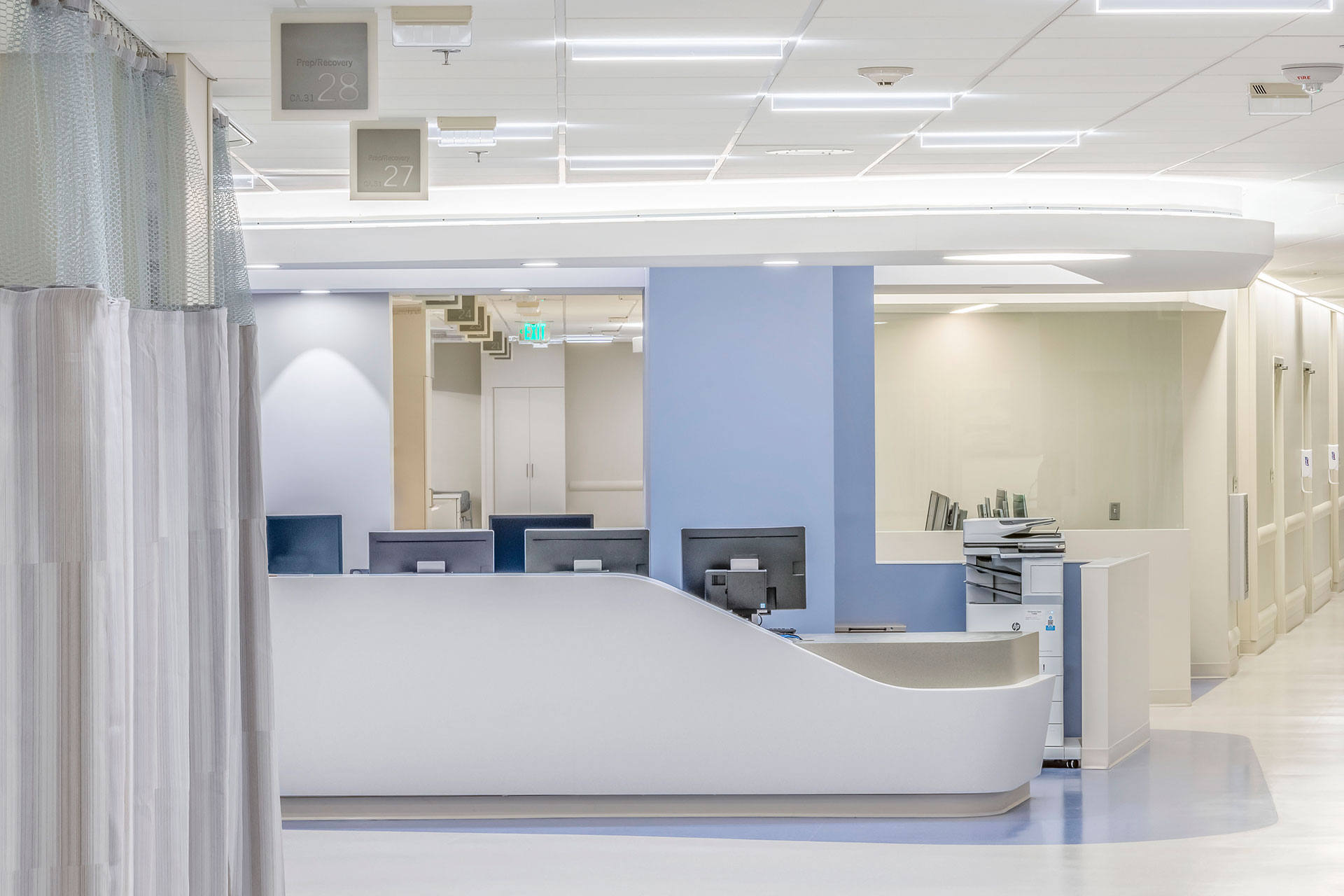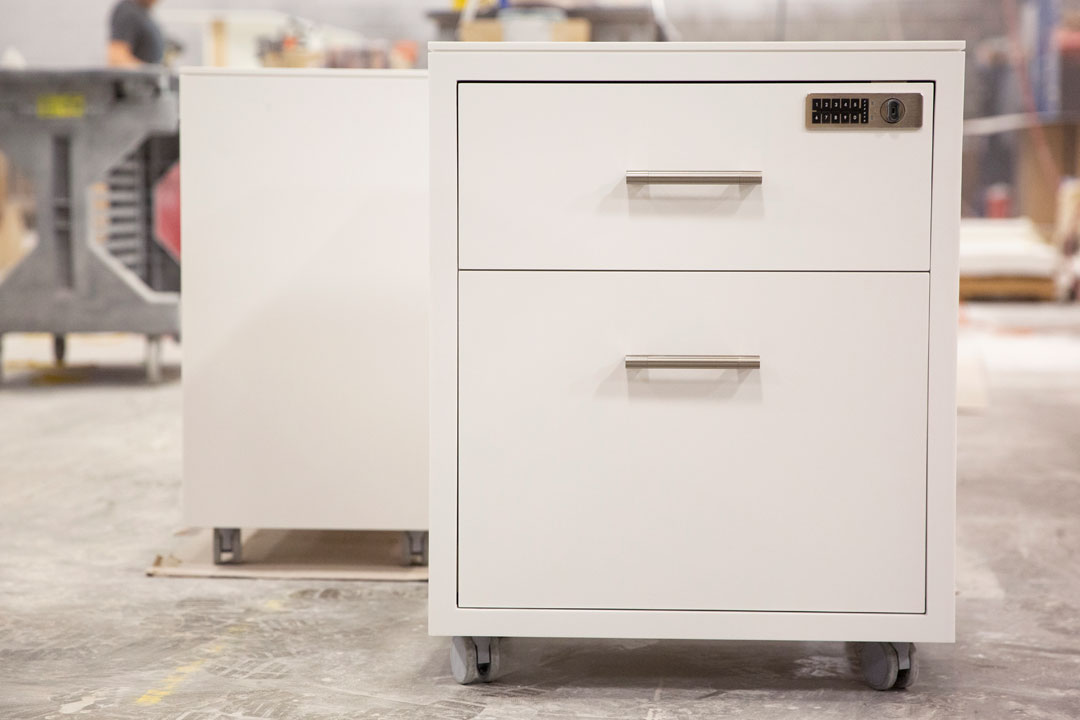Recommended Furniture Characteristics for Healthcare

In a value-driven health care economy, preventing health care-associated infections (HAIs) to promote positive health outcomes is instrumental to providing safe, high-quality care.
Patients aren’t the only victims of contracting HAIs. Arising specifically within health care settings, HAIs also place multi-disciplinary care teams and other health system staff at risk, which can negatively affect institutional well-being. Complications can have a significant professional and financial burden on an organization.
A recent, peer-reviewed research collaboration funded by a grant from the Centers for Disease Control and Prevention (CDC), Using the Health Care Physical Environment to Prevent and Control Infection, summarizes that “…the continued prevalence of HAIs indicates a need for a better understanding of how aspects of the built environment relate to the transmission of infection, and what design, construction and operational changes can be made in the built environment to support HAI prevention.”(1)
The guide introduces the research collaborative’s recommended furniture surface characteristics for healthcare with a simple goal: help provide easier means of cleaning.
The five characteristics recommended for furniture on page 107 of the guide are:(2)
- Durability: Furnishings should be easy to maintain and repair. Items that are scratched or chipped allow for accumulation of microorganisms and are more difficult to clean and disinfect.
- Cleanability: Furnishings must be able to withstand cleaning and be compatible with hospital-grade detergents, cleaners, and disinfectants.
- Inability to Support Microbial Growth: Materials such as fabric and wood that hold moisture are more likely to support microbial growth. Materials such as metal and hard plastics are less likely to support microbial growth. Wet organic substrates (e.g. wood) should be avoided in hospital areas with immunocompromised patients.
- Surface Porosity: Microorganisms have been shown to survive on porous surfaces.
- Absence of Seams: Seams trap bacteria and are difficult areas to clean.
Additionally, the publication stresses the importance of bringing together a multi-disciplinary design team during all phases of planning, construction, and renovation of healthcare facilities. This collaborative approach introduces a diversity of expertise, and can not only contribute to better outcomes, but “a proactive approach to safe facility design will lower costs incurred during design and construction and also influence long-term operational costs.”(1)
The CDC, in partnership with The Health Research & Educational Trust of the American Hospital Association, the American Society for Health Care Engineering (ASHE), the Association for Professionals in Infection Control and Epidemiology, the Society of Hospital Medicine, and the University of Michigan, collaborated to produce this best practice guide to help health care organizations create safe, healing environments.
Shield believes that manufacturers carry responsibility for bringing innovative products to market that comply with guidelines and recommendations drawn from peer-reviewed research, such as those set forth by this guide. Our acrylic solid surface furniture and equipment was born out of necessity and refined through collaborative, multi-disciplinary design groups.

In the next 5-part blog series, Shield will talk about how acrylic solid surface contributes to each of these recommended furniture surface characteristics for healthcare:
- Durability – Designing durable furniture and equipment with acrylic solid surface
- Cleanability – The best healthcare furniture for cleanability
- Inability to support microbial growth – The easiest way to keep microbial life out of healthcare furniture
- Surface Porosity – The best non-porous material that keeps healthcare furniture safe
- Absence of Seams – The most seamless material used for healthcare furniture
To stay informed on this blog series and the latest innovations in acrylic solid surface design, subscribe to our mailing list.
Do you have a design project that you think would be well-suited for acrylic solid surface? Contact Shield to learn more about our custom design services or visit our products page for more information.
Download the full guide from ASHE’s News & Resources section of their website, here.
1 The American Society for Health Care Engineering of the American Hospital Association. (2019). Using the health care physical environment to prevent and control infection. Pg 6.Retrieved from http://www.ashe.org/resources/pdfs/cdc/CDCfullbookDIGITAL.pdf
2 The American Society for Health Care Engineering of the American Hospital Association. (2019). Using the health care physical environment to prevent and control infection. Pgs 106-107.Retrieved from http://www.ashe.org/resources/pdfs/cdc/CDCfullbookDIGITAL.pdf
Do you have a design project that you think would be well-suited for acrylic solid surface?
Contact Shield to learn more about our custom design services or visit our products page for more information.
